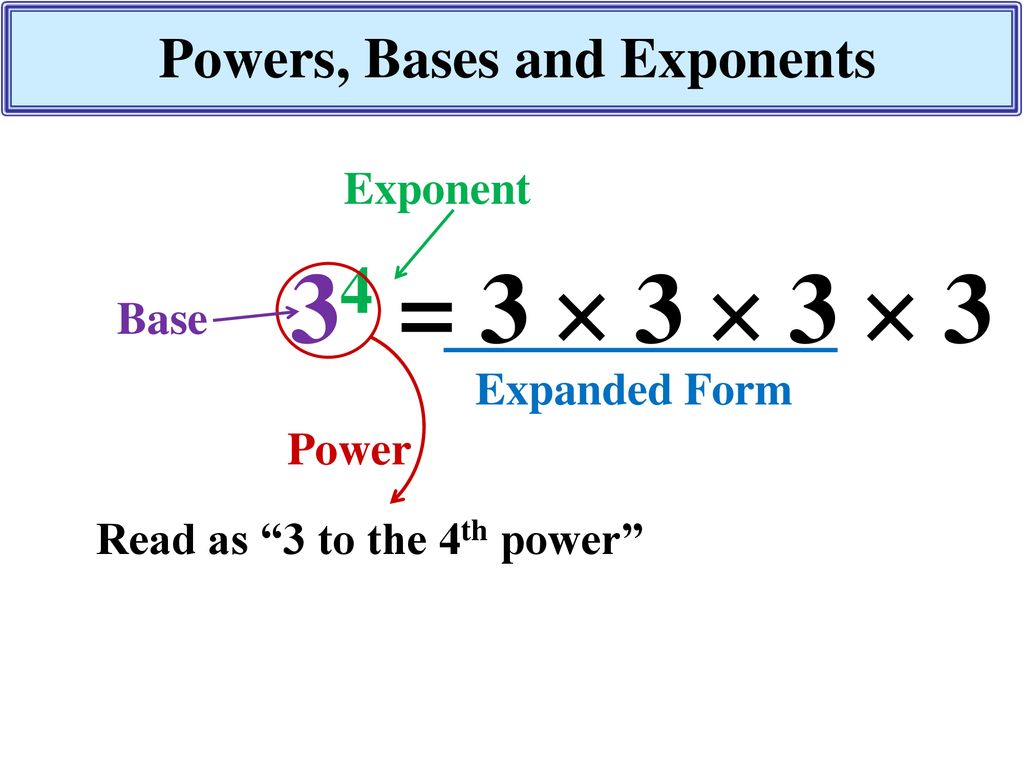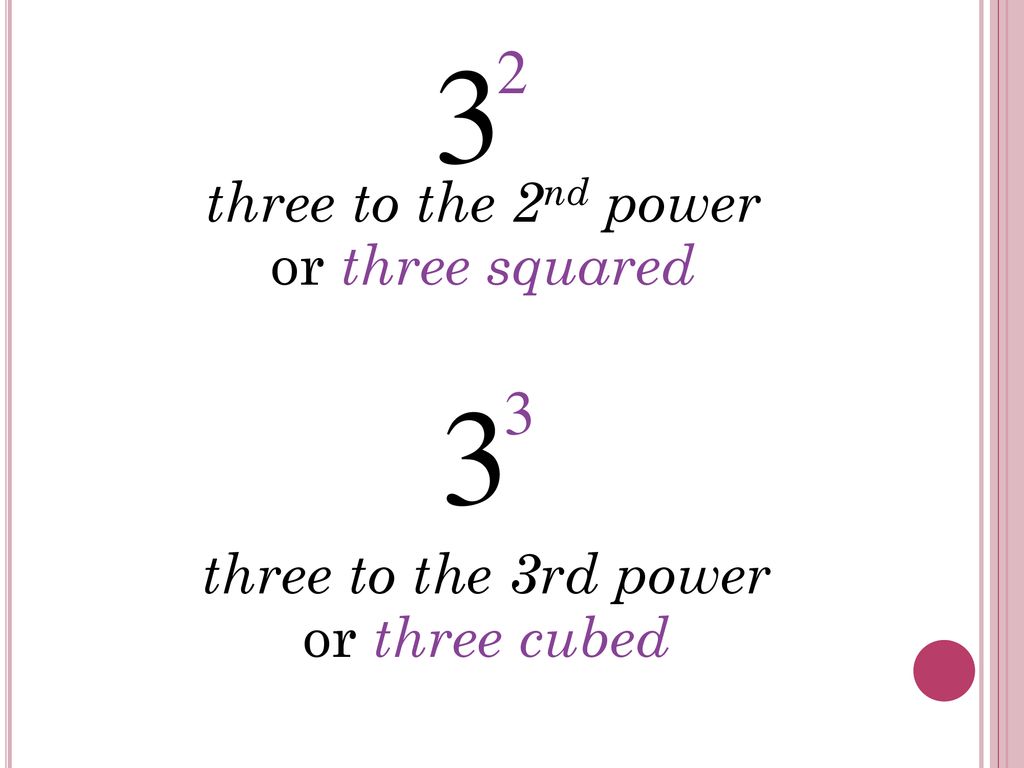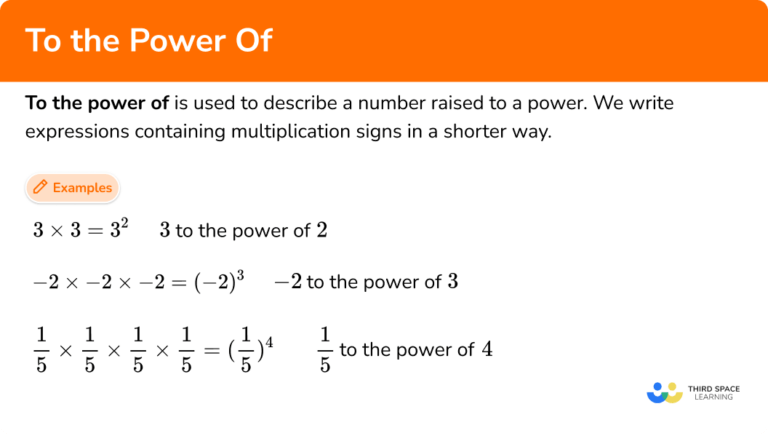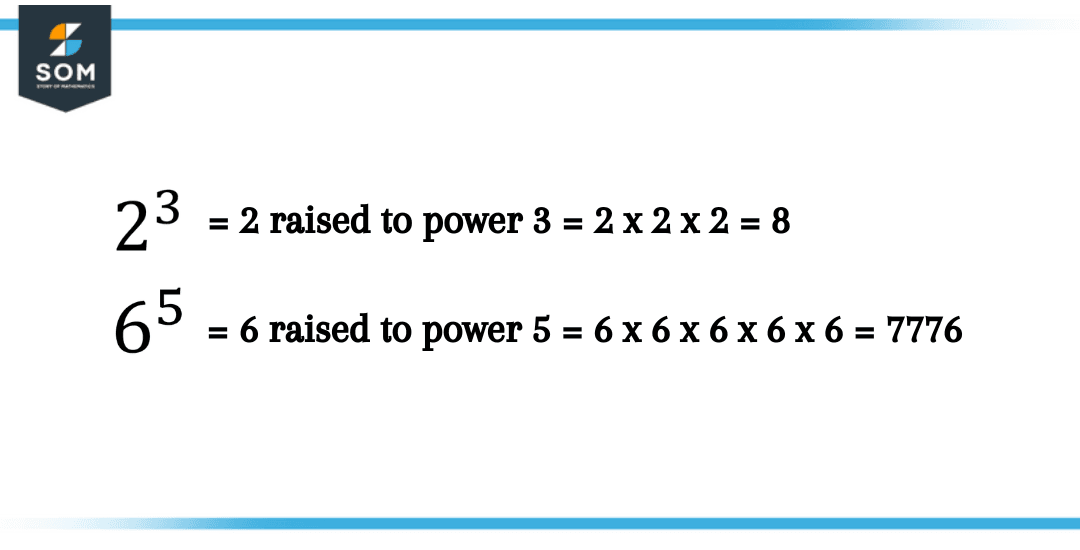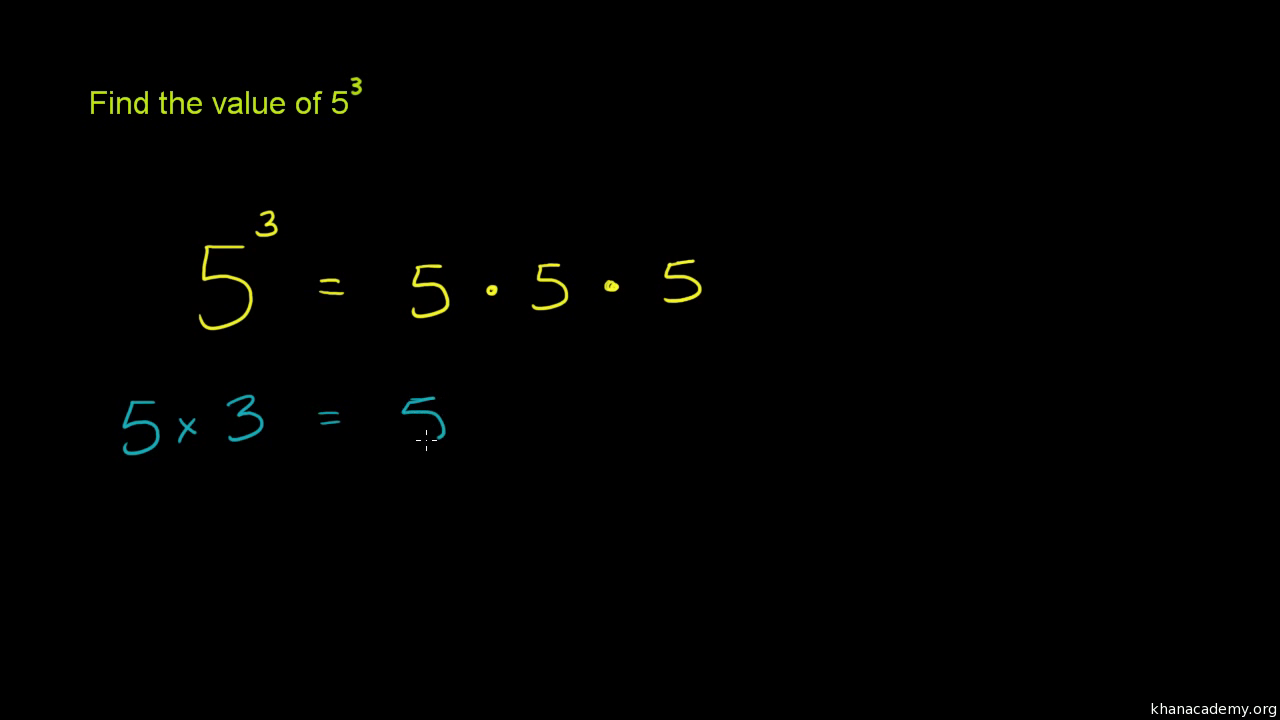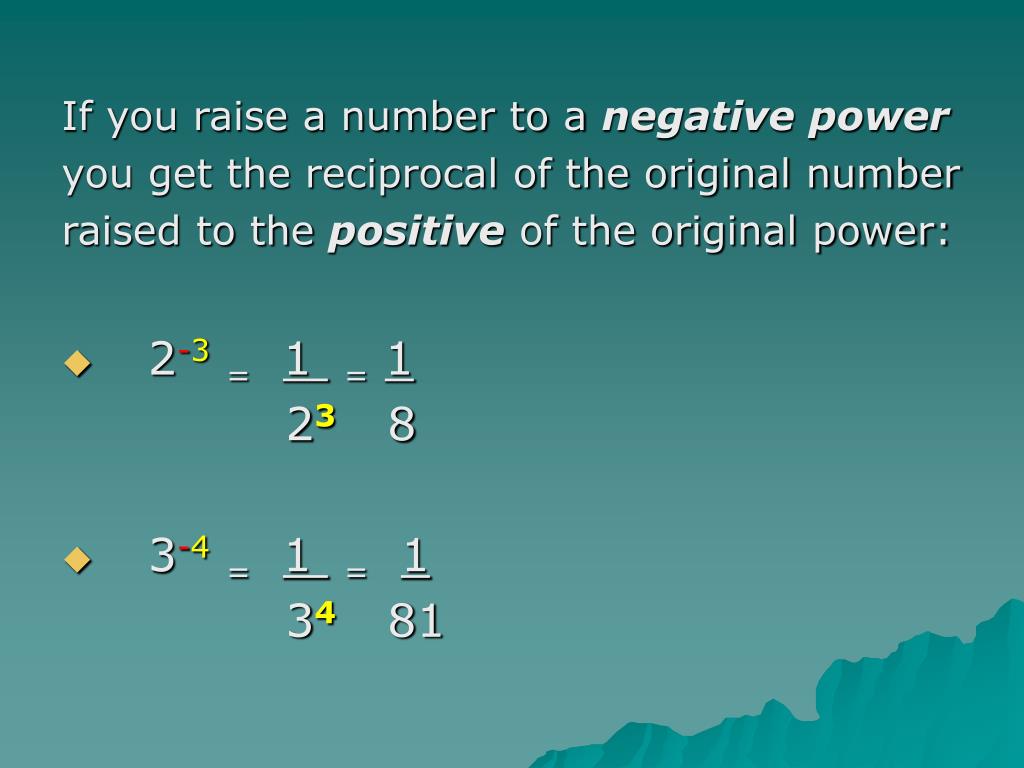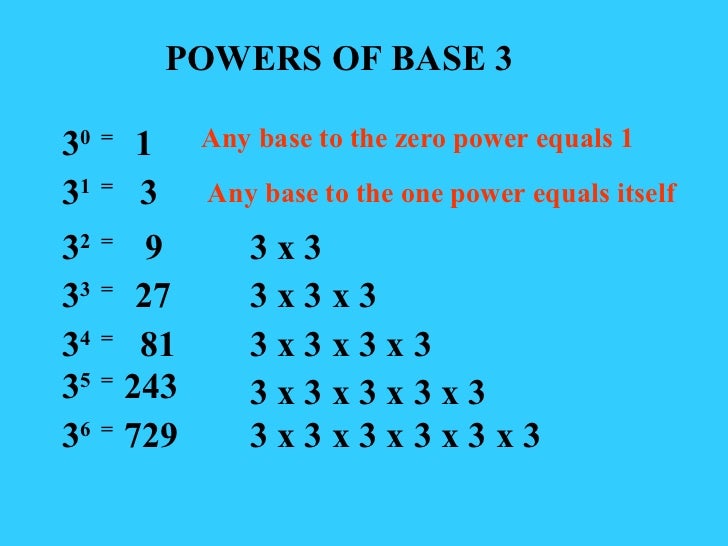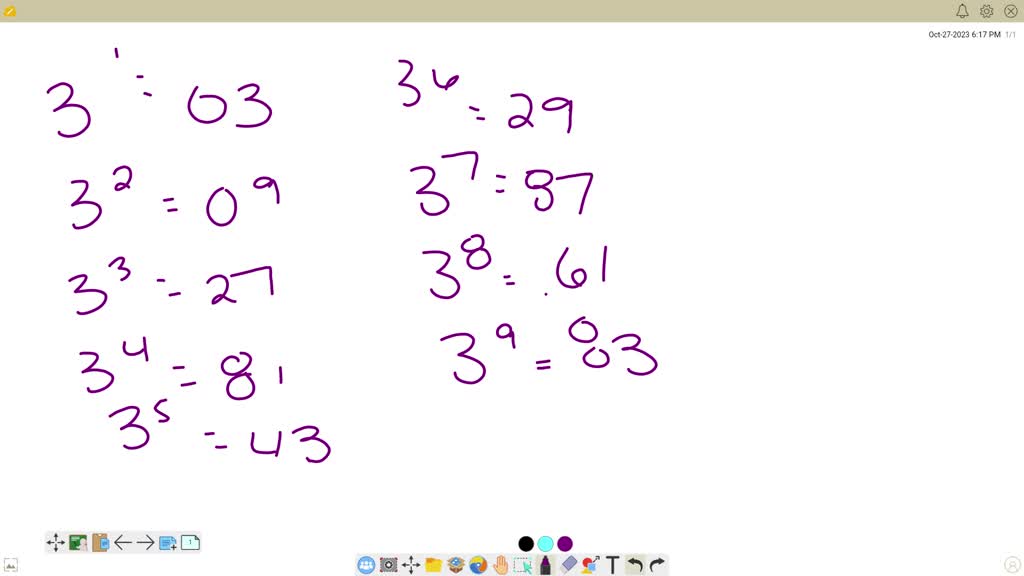Evaluate 3 To The Power Of 3

The mathematical expression, 3 to the power of 3, has been evaluated, resulting in the solution of 27. This seemingly simple calculation holds significance across various fields, from basic arithmetic education to more complex scientific modeling.
This article will objectively explore the evaluation of 33, its underlying principles, and its broad applications.
Understanding Exponents
At its core, 33 represents a fundamental mathematical concept: exponentiation. Exponentiation is a mathematical operation that involves raising a base number (in this case, 3) to a certain power (also 3 in this instance).
This means multiplying the base number by itself as many times as indicated by the exponent. In simpler terms, 33 means 3 * 3 * 3.
The Calculation: A Step-by-Step Approach
The calculation of 33 is straightforward. First, we multiply 3 by 3, which equals 9. Then, we multiply the result (9) by 3 again, yielding 27.
Therefore, 33 = 27. The solution has been confirmed through multiple calculations and widely accepted mathematical principles.
Significance and Applications
The evaluation of 33, while basic, illustrates the power and importance of exponents in mathematics and beyond. Exponents are fundamental building blocks in algebra, calculus, and other advanced mathematical disciplines.
They are also crucial in scientific fields such as physics, engineering, and computer science.
In computer science, for example, exponents are used in algorithms for data compression and cryptography. Physics relies on exponents to model phenomena like exponential decay and growth.
Consider the volume of a cube: it is calculated by cubing the length of one of its sides (side3). If a cube has a side length of 3 units, its volume is 33 = 27 cubic units.
The ability to understand and apply exponents is fundamental to STEM education.
This principle extends to understanding concepts like compound interest in finance or the spread of infectious diseases in epidemiology.
Educational Implications
Understanding exponents begins in elementary mathematics education. Students are typically introduced to the concept of squaring (raising to the power of 2) and cubing (raising to the power of 3) early on.
The ability to calculate 33 is a basic benchmark of understanding exponents. This lays the foundation for more complex mathematical concepts later in their academic journey.
Furthermore, understanding exponents allows for the interpretation and creation of exponential functions which in turn aid in modeling and understanding exponential growth and decay patterns that are present in nature.
Impact on Everyday Life
While the direct application of calculating 33 might not be immediately apparent in everyday life, the understanding of exponential concepts is essential. Examples include understanding interest rates, how quickly a population increases, or how technology changes with exponential speed.
For instance, when considering the spread of information online, the concept of exponential growth is critical. A single post can quickly reach millions of people due to the network effects facilitated by social media platforms.
The number of users increases by geometric progression and is not linear.
Another example lies in understanding data storage sizes. With the evolution of technology and computing the amounts of data has also increased.
Storage devices use base-2 exponents (e.g. kilobytes, megabytes, gigabytes) to measure capacity. These exponents greatly impact how a computer stores and uses the data.
Conclusion
The evaluation of 33 to equal 27 highlights the importance of exponents in mathematics and its far-reaching applications. From education to science and even everyday decision-making, understanding exponents provides a valuable tool for understanding and interpreting the world.
While seemingly simple, the calculation reinforces fundamental principles that are crucial for success in various disciplines. The basic operations must be clearly taught to create a building block for further, more advanced learning.
Therefore, the evaluation of 33 serves as an essential reminder of the significance of mathematics in our world.
